4 Key Phases for Creating Motion Graphics To Enhance Your Brand’s Storytelling!
In today’s digital era, the marketing world is undergoing an exciting transformation fueled by an insatiable hunger for video content. Remarkably, this passion for video aligns perfectly with viewers’ desires. Surveys indicate that 73% of people would rather indulge in a brief video to learn about a product (alltimedesign, 2022). Amidst this vibrant landscape, one form of video stands out as a valuable tool for marketers: enter the realm of motion graphics. With their captivating visuals and persuasive storytelling, motion graphics possess a unique potential to assist marketers in their quest for success.
Not all motion graphics are equal, as various elements, including scripting, audio, design, and animation, contribute to their effectiveness. Even minor oversights or mistakes can cause significant challenges, especially in collaborations. Below, we offer a simplified step-by-step guide to navigating motion graphics production smoothly.
Phase 1: Compose a Story Script
A motion graphic script is essential to guide the storytelling concisely. To create an effective script:
1. Consider your target audience, the desired learning or action outcome, and the intended emotional response.
2. Keep the word count in mind and leverage the advantages of motion graphics, such as kinetic text, voiceover, or visual-only storytelling.
3. Seek script approval from stakeholders before proceeding to the design phase to avoid setbacks.
Phase 2: Engage in Visual Brainstorming while Storyboarding your Narrative
Combine your script and visuals during the storyboard phase to envision the final outcome. Begin storyboarding with a collaborative brainstorming session involving your design and production team, including producers, art directors, designers, animators, and potentially the creative director.
Phase 3: Storyboard to Design Transition
The visual aspect of your project carries significant meaning alongside the story. Even within brand strategy and guidelines, modest design decisions can significantly influence the experience. After sketching the storyboard:
1. Proceed to transform it into tangible designs.
2. Ensure meticulous attention to detail, as everything in this stage contributes to the final animation.
3. Review visual notes, gather feedback from the team and stakeholders, and then share with the animation team for final integration.
Phase 4: Animate the Designs
As the animation phase unfolds, all the elements converge to create a cohesive whole. With each stage approved, everyone should clearly envision what lies ahead. Consider crucial factors like timing to maintain audience comprehension and engagement. Music is an additional storytelling layer, setting the mood and enhancing the narrative. Likewise, thoughtful sound effects enrich the project without overshadowing the story.
Enhance your abilities by exploring this compilation of helpful tips. If you’re seeking further guidance, don’t hesitate to reach out to Motad—an end-to-end advertising services agency specializing in motion graphics and equipped to assist you in refining your craft.
